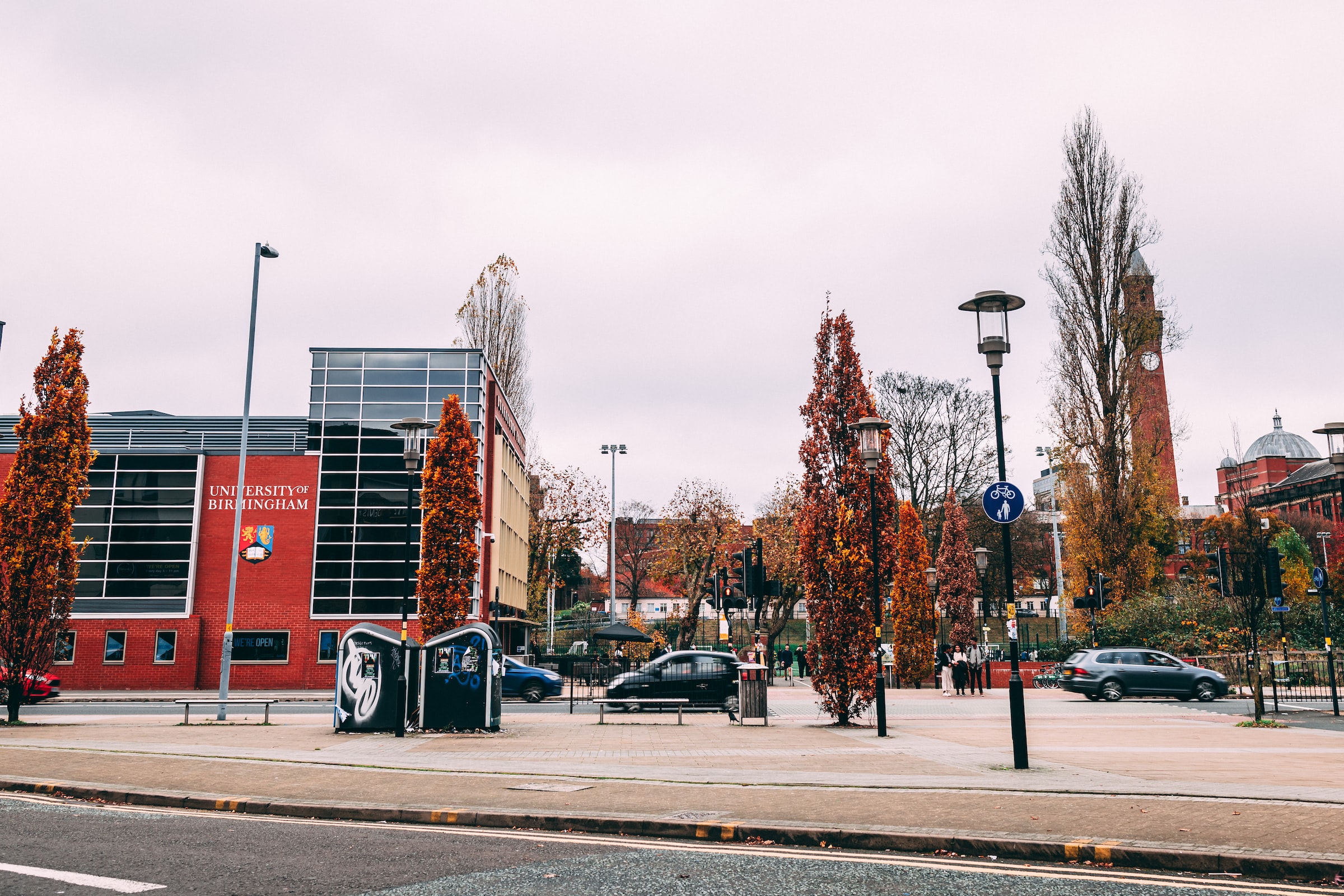
Life&Style’s Minnie Life celebrates the recent conversation on Drag Race UK regarding gender non-conformity, arguing that although it is a step in the right direction for non-binary representation, we cannot stop there
Season 2 of RuPaul’s Drag Race UK has already been nothing short of a sensation, providing the ultimate lockdown mood-booster that sometimes only the world of drag can provide. However, as well as entertaining the masses, the queens of Drag Race UK have already utilised the massive platform they have been given to discuss a wide range of incredibly poignant topics – from the lack of queer Black representation in the UK, to the culture of toxic masculinity in travelling communities. However, one moment in particular that took place in the season’s third episode exploded recently, opening up a conversation that is seldom had in mainstream British media.
Ginny revealed that they had struggled with accepting this part of themselves, because it’s an identity that is so misunderstood
This was the conversation between East London queen Bimini Bon Boulash, and Birmingham’s own Ginny Lemon regarding their feelings on gender non-conformity. Both queens identify as non-binary, a term that can be very difficult to define as it is an identity that means completely different things to each person. In the words of Bimini Bon Boulash, non-binary is when someone ‘doesn’t feel like they are either masculine or feminine, they kind of float between the two.’ The conversation began with Ginny stating to another fellow queen in the competition, Sister Sister, that a key reason why they wear their signature yellow colour is because of its relation to the non-binary identity. They revealed that this colour was important to them because ‘it doesn’t define me as anything’ and that they had come to realise that they neither felt like a man nor a woman. When confiding in their fellow non-binary queen, Ginny revealed that they had struggled with accepting this part of themselves, because it’s an identity that is so misunderstood in many societal circles in the U.K. In an emotional ending to the conversation, Bimini assured Ginny that ‘how we want to self-identify isn’t up to anyone else.’ This was an incredibly important and powerful moment to see on mainstream British television. In a culture where everyone feels entitled to an opinion on your sexuality or gender identity, to have two non-binary people openly declare that it is no one else’s business but theirs was such an empowering thing for non-binary people across the U.K to be able to hear. Following the episode, the internet was awash with a wave of people coming out to friends, family and loved ones as non-binary. This was not only something that was extremely heart-warming to see, but also goes to show that these kinds of conversations being widely broadcast result in people feeling seen and safe perhaps for the first time in their lives.
Despite being recently put in the spotlight, non-binary as a concept has existed for centuries. This is something Bimini addressed when discussing coming to terms with their own identity, that the increasing prevalence of this word has allowed for more and more people to articulate how they have always felt. However, this sense of newness that surrounds the word has also led to huge misconceptions about what it means to be gender non-conforming. For instance, people like Piers Morgan have stoked up high levels of mockery and hostility towards those who identify as non-binary, something that is born out of ignorance on the topic. This is why conversations like the one between Bimini and Ginny are incredibly important. They allow non-binary people to shape their own narratives about their lives rather than having a bigoted TV personality shape it for them. When I was thinking about this topic, I was reminded of a very pertinent conversation that was had on Netflix’s incredible documentary Disclosure. This is a documentary presented by a number of Transgender actors and actresses on the topic of Trans representation in television and film throughout history. My biggest takeaway from this documentary was the visceral impact negative representation can have.
It is not enough for media outlets to give non-binary people a one-off opportunity to express themselves and discuss their identity
The fact of the matter is that 80% of people (in the United States at least) do not know a Trans person in real life. Therefore, all of their knowledge of Trans people and their lives come from what they see on screen. So if their only knowledge of Trans people comes from Buffalo Bill in The Silence of the Lambs, then their impression of Transgender people is going to be extremely negative. I would argue that this is a similar case for non-binary people. If (for some people) the only means of accessing what it means to be non-binary is via the media, it is absolutely crucial that these media depictions are positive. And not only that, but representation needs to be habitual. It is not enough for media outlets to give non-binary people a one-off opportunity to express themselves and discuss their identity; like all identities, races and abilities this needs to be a constant occurrence in order for acceptance and normalisation of non-binary identities to come about.
So, what other positive examples of non-binary representation has the media afforded us? Unfortunately, they are still few and far between. However, there are some incredible non-binary public figures who are very openly discussing what their identity means to them. For instance, singer Chris of Christine and the Queens has openly discussed their queer gender identity, stating that ‘fluidity brings more possibilities and I like that.’ There are also people like Indya Moore who are making waves on hit TV shows like ‘Pose’, adding to the steadily increasing visibility of the non-binary community on a world stage and being unapologetic in doing so. As well as Bimini and Ginny, there are a plethora of non-binary, genderfluid and genderqueer Drag Queens who are incredibly successful. Queens such as Violet Chachki, Gigi Goode and Sasha Velour (to name a few) all use their platforms to express their gender non-conformity to their audiences of millions. For young people coming to terms with their gender identity, having these people to look up to is so important. It is a sign you are going to be okay, that you can play with the boundaries of gender and still live a full and vibrant life, and that there is a community that will accept you for who you are.
Of course, this is not the only way we are going to achieve true equality, but it’s a move in the right direction
At the end of the day, greater acceptance is paramount to improving the experiences of non-binary people around the world, and I really believe that television moments such as Ginny and Bimini’s conversation on Drag Race UK can have a hugely positive impact upon this. Of course, this is not the only way we are going to achieve true equality, but it’s a move in the right direction.
Liked this article? We recommend these for you:
Bisexuality on Brumfess: Embracing and Exploring Your Feelings
Harry’s Styles: The So-Called Revolutionary Who is Championing Gender-Neutral Fashion

Comments